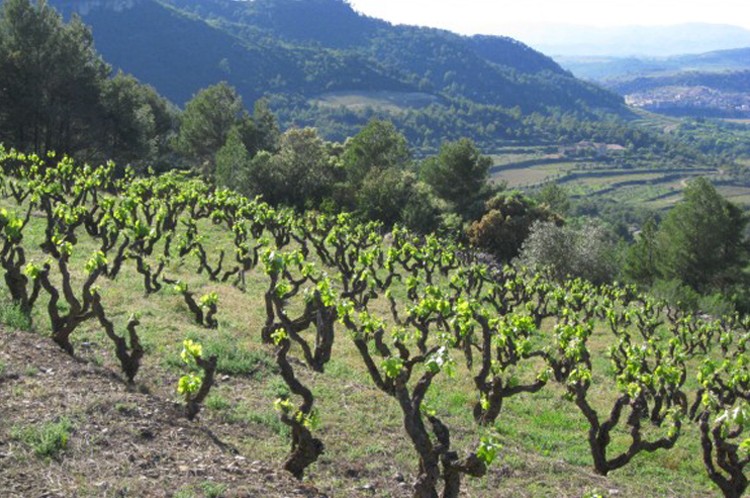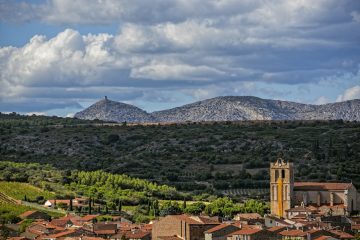Homage to Catalonia (and Apologies to George Orwell)

People often say that they like the wines of a particular country: French wine, Italian wine, hell, even sometimes Californian wine (not a country, check). But, what does that mean? Does someone who loves Bordeaux necessarily like Alsatian wine, though they are both within the borders of France (some Brits still quip that Bordeaux is properly British, and, some Germans, well, let’s not go there…)? Or Is a lover of Sierra Foothills Zinfandel necessarily enamored of Russian River Chardonnay? Of course not.
How about those accidents of history, where a natural wine region falls within the borders of more than one country or state? Friuli, in Italy and Slovenia, the Columbia Valley, which traverses the frontier between Oregon and Washington State, Tokaji, which rests in Hungary and Slovakia? And, Catalonia – mostly in Spain, but in France, too.
Catalonia – a semi-autonomous province of Spain and the second part of the hyphenated region Languedoc-Roussillon – has been making distinctive wine for at least two millennia. At various times various territories that might be called “Catalan” have been ruled by Greeks and Phoenicians, Romans, Iberians, Arabs, Aragons, Mallorcans, Austrians, Castilians and French. In a word: Mediterraneans.
Bracketed by the Mediterranean as it curves from southern France along the eastern shores of the Iberian peninsula, Catalonia is a Mediterranean region par excellence: warm and sunny, with dramatic landscapes brought on by mountain ranges that essentially collapse into the sea. It is a land of great geological and topographical diversity, with multiple soil types and nearly as many micro-climates. At higher elevations, the region’s wines can be rather delicate. From vines growing on steep, sun-saturated slopes, the wines roar with power.
Catalonia is home to sparklers made in the classic method (méthode champenoise): 95% of Spanish cava is made in Catalonia, and a large amount of bubbly is made on the French side, half an hour from the place some refer to as “northern Catalonia.” Many of the world’s most distinctive sweet wines are made in the region, most famously the dark, Port-like wines of France’s Banyuls region, mere minutes from the frontier with Spain, and some luscious analogs from Priorat. And, one cannot overlook the great, oxidized rancio wines of Rivesaltes in France and their cousins vi ranci from Terra Alta in Spain.
Join Palate Savvy on Thursday, May 24, 2012, as Palate Savvy and Jamal Rayyis walk you through the world of vi català/vino catalan/vin catalan. We’ll taste sparkling wines from Penèdes and Limoux, whites from the Montsant and Côtes Catalanes, reds from the Priorat and Collioure, sweet wines from Rivesaltes and Terra Alta, and a surprise or two.
This is a rare opportunity to compare kindred wines from two of the most exciting regions of France and Spain. Please mark your calendars.
Simple appetizers will be served.
Details
Date: Thursday, May 24, 2012
Time: 7-9pm
Place: Maison de la Région Languedoc-Roussillon
10 East 53rd Street, ground floor
between Fifth & Madison Avenues
Train: M or E to Fifth Avenue, 53rd Street; 6 Train to 51st Street
Cost: $65 per person
Attendance is limited to 30 people and reservations are essential.
For reservations & information, please write: reservations@palatesavvy.com, or call 917 843 5670
REGISTRATION IS CLOSED! THANK YOU FOR YOUR INTEREST. ANOTHER TASTING OF CATALAN AND OTHER WINES WILL BE BE ANNOUNCED IN THE NEAR FUTURE.


